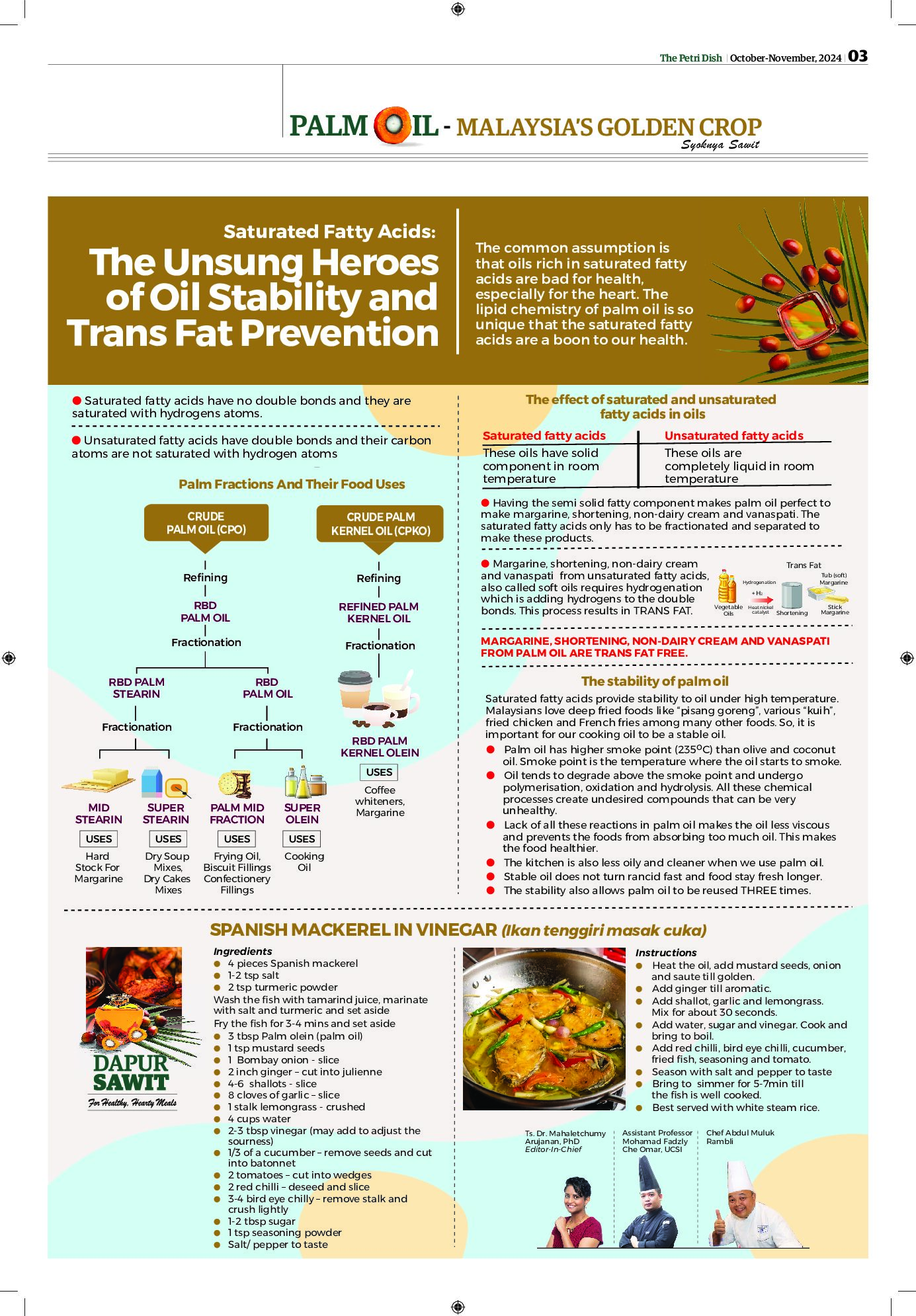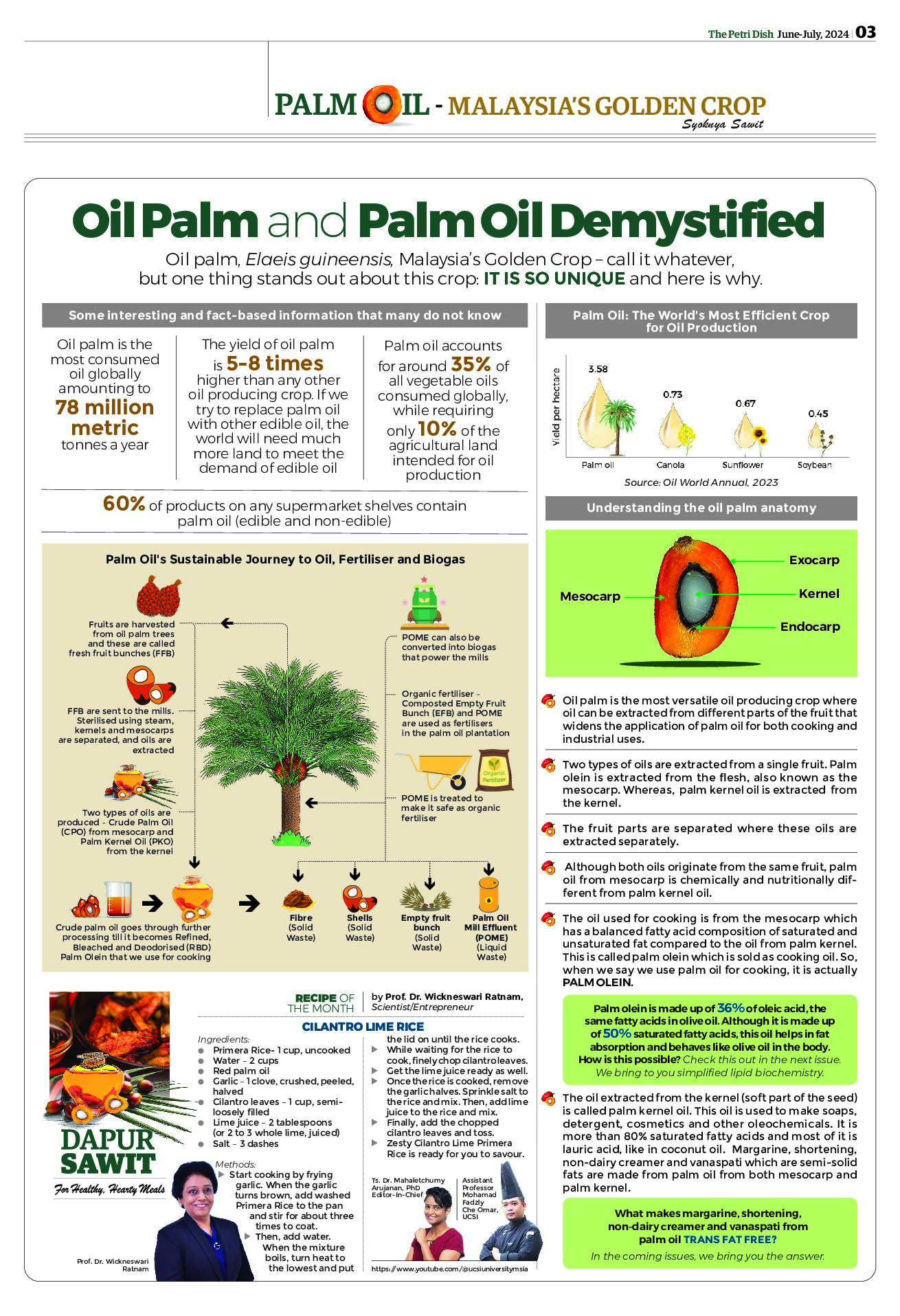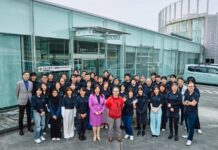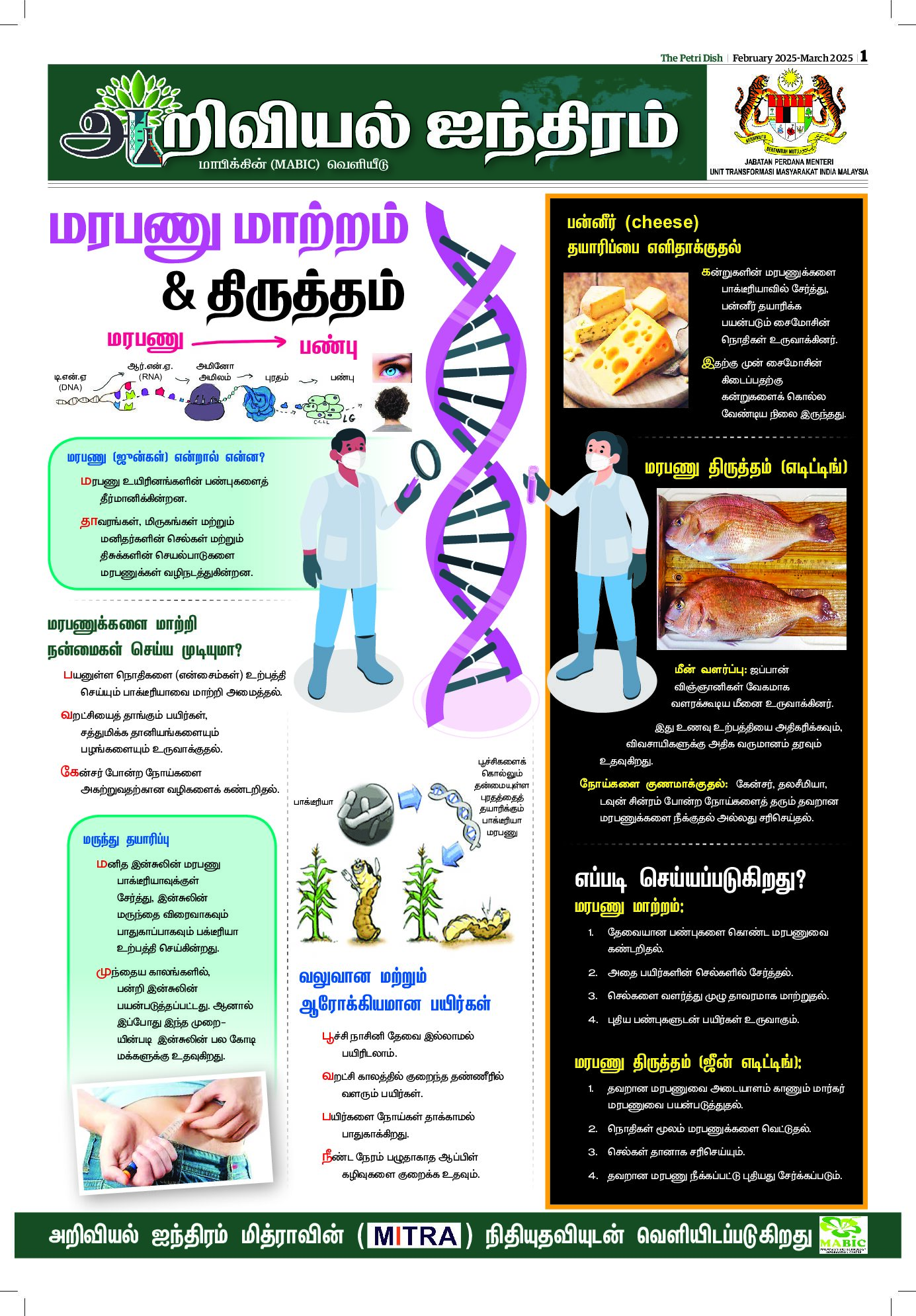A recently concluded workshop on communicating research hosted by Mabic and UMXcelerate found hidden science communication talent among researchers. The articles published here are the testimonies of the success of the first home-grown science communication module created by Mabic. This article is one of the first attempt by both authors to write popular science articles. Click here to see more. The Petri Dish and Mabic will continue to support scientists in their attempts to bridge science and society. Both the writers role-played the function of a journalist and for this reason their names are mentioned in the story – as they were actually sharing a personal experience.
A LADY rolled her wheelchair through an afternoon crowd to get to the physiotherapy gym in University of Malaya Medical Centre. She is paralysed waist down. There was a team comprising engineering students and physiotherapists who had waited for her arrival.
After an hour of excruciating effort to set her up with a device, sensors, and a harness, she was finally ready. The engineering students and the physiotherapists got to their designated stations in a hurry. Three. Two. One.
Finally, she stood up with her own legs for the first time, 15 years after an accident which had disabled her.
The team was happy to see the lady who had been confined to her wheelchair stand up and at the same time, and even surprised to find out that she was really tall.
But, after five minutes her legs grew weak and she had to sit on the wheelchair again.
Afiq Dzulkifli, the team leader under the supervision of Dr Nur Azah Hamzaid, senior lecturer in the department of Biomedical Engineering, University of Malaya said the device that allowed her to stand is called Functional Electrical Stimulator (FES).
“The device sends signals to the brain to help her to stand, something that she has not been able to do on her own due to the injury,” he added.
The sensor recorded the strength of her muscle from the moment she started standing to when her legs could not stand anymore.
Soon, a programme will be added to the FES to enable her to stand up for a longer duration and in a much safer environment, with lower risk of injury to her muscles.
– By Muhammad Afiq Dzulkifli, Biomedical engineering master’s student, University of Malaya

















